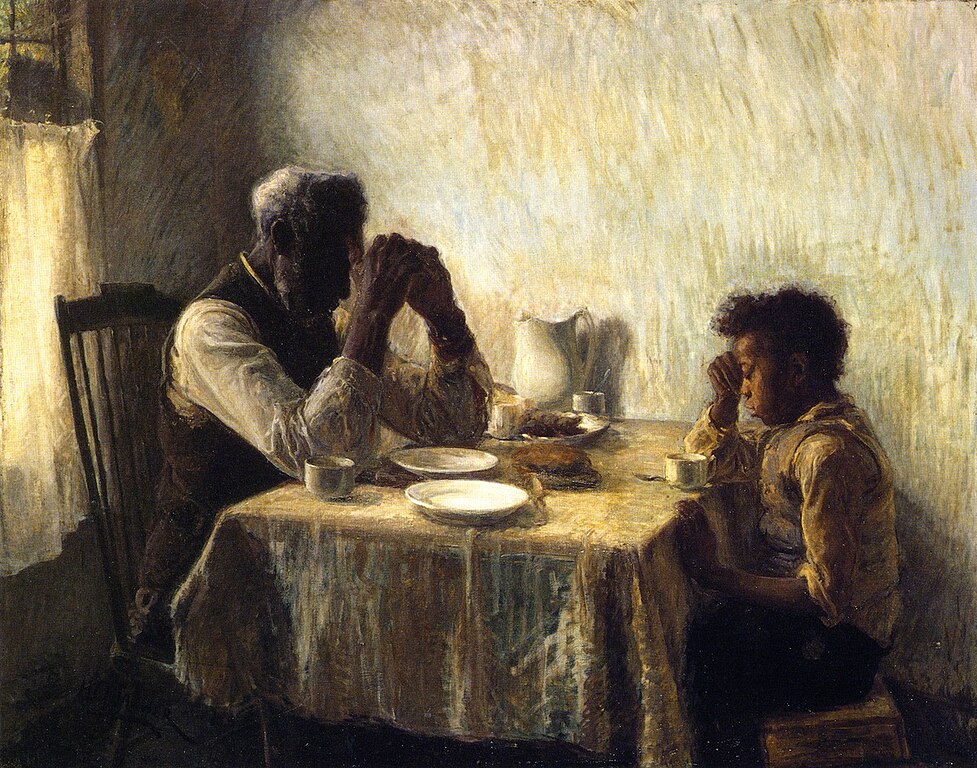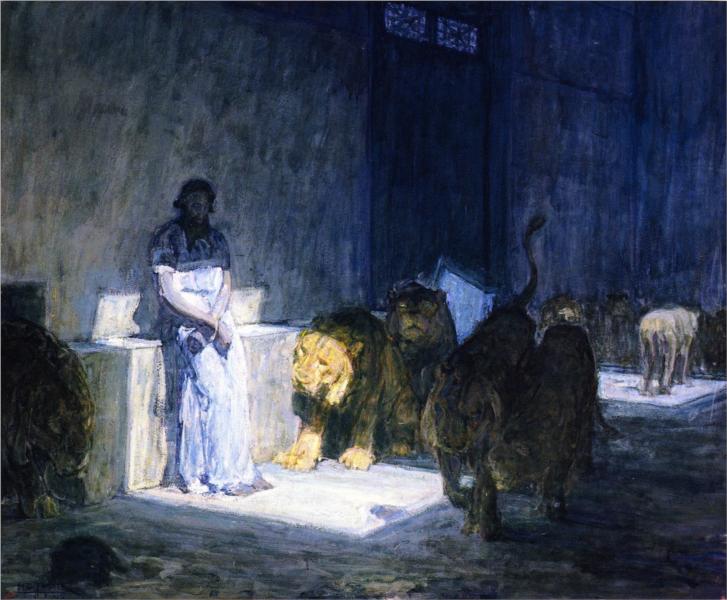Henry Ossawa Tanner, an American artist was described as the most distinguished African-American artist of the nineteenth century. He was the first artist of his race to achieve international acclaim.
One of his famous works was that of “Nicodemus Visiting Jesus”. He’s also known for the paintings of “The Banjo Lesson” and “The Thankful Poor.”
Tanner was born in Pittsburgh, Pennsylvania, on June 21, 1859, to Benjamin Tucker and Sarah Miller Tanner. His dad was a minister, who later became a bishop in the African Methodist Episcopalian Church while his mother was a former slave whose mother had sent her north to Pittsburgh through the Underground Railroad.
Tanner’s family moved frequently while he was young because his father was assigned to various churches and schools. In 1864 Tanner’s family settled in Philadelphia where his artistic interests were developed.
At age 13, Tanner saw a painter at work whilst walking in Fairmount Park near his home and that informed his decision to become an artist. Throughout his teens, Tanner visited Philadelphia art galleries. During his spare time, he would paint and draw.
According to his biography, in a bid to discourage him from painting, Bishop Tanner apprenticed him to a friend to learn the milling business. However, the work in the flour mill proved too strenuous and he became seriously ill. It was during his recuperation that his parents encouraged his painting.

Tanner lived at home for the next few years until he turned 21. He enrolled in the prestigious Pennsylvania Academy of the Fine Arts where he studied with a group of master professors including Thomas Eakins.
Tanner left the Pennsylvania Academy prior to graduating to pursue business with art. In 1888 he moved to Atlanta, Georgia, and established a modest photography gallery where he attempted to earn a semi artistic living by selling drawings, making photographs, and teaching art classes at Clark College.
Tanner’s Atlanta venture could not earn him enough to cater for his living expenses so in 1888 he sold his gallery and moved to Highlands, North Carolina, in the Blue Ridge Mountains with the hope to study and earn a living by his photography.
According to reports, since he had a delicate health, he felt that the mountains would be good for his health. While on the mountain, Tanner reportedly made many sketches and photographs of the region and its African-American residents, some of which were later used as subjects in his most important early paintings.
Tanner later returned to Atlanta and taught drawing for two years at Clark College. He relocated to Paris, France, in 1891 to study, and continued to live there after being accepted in French artistic circles.
After several exhibits, Tanner gained international acclaim thus becoming the first African-American painter to receive such attention. Tanner painted Daniel in the Lion’s Den in 1895 and it won an honourable mention in the Paris Salon. Two years later his painting “Resurrection of Lazarus” impressed Rodman Wanamaker, a Philadelphia merchant in Paris, that he decided to finance the first of Tanner’s several trips to the Holy Land.
Tanner focused on painting religious subjects and landscapes. In 1899, he married Jessie Olssen, a white opera singer from San Francisco, whom he had met in Paris. They had one child, Jesse Ossawa who was born in New York in 1903.

Tanner settled permanently in France and his family divided its time between Paris and a farm near Étaples in Normandy. He continued to enhoy international acclaim with his paintings.
In 1900, his painting, “Daniel in the Lion’s Den”, was awarded a silver medal at the Universal Exposition in Paris; the following year it received a silver medal at the Pan American exhibition in Buffalo.
In 1908 his first one-man exhibition of religious paintings in the United States was held at the American Art Galleries in New York. Two years later, Tanner was elected a member of the National Academy of Design.
Tanner was made an honorary chevalier of the Order of the Legion of Honor, France’s highest honour in 1923, and in 1927 he became a full academician of the National Academy of Design, the first African American to receive that honour.
He spent his later years inspiring African-American leaders and young black artists, especially those who visited him in Paris. On May 25, 1937, Tanner died at his home in Paris.










